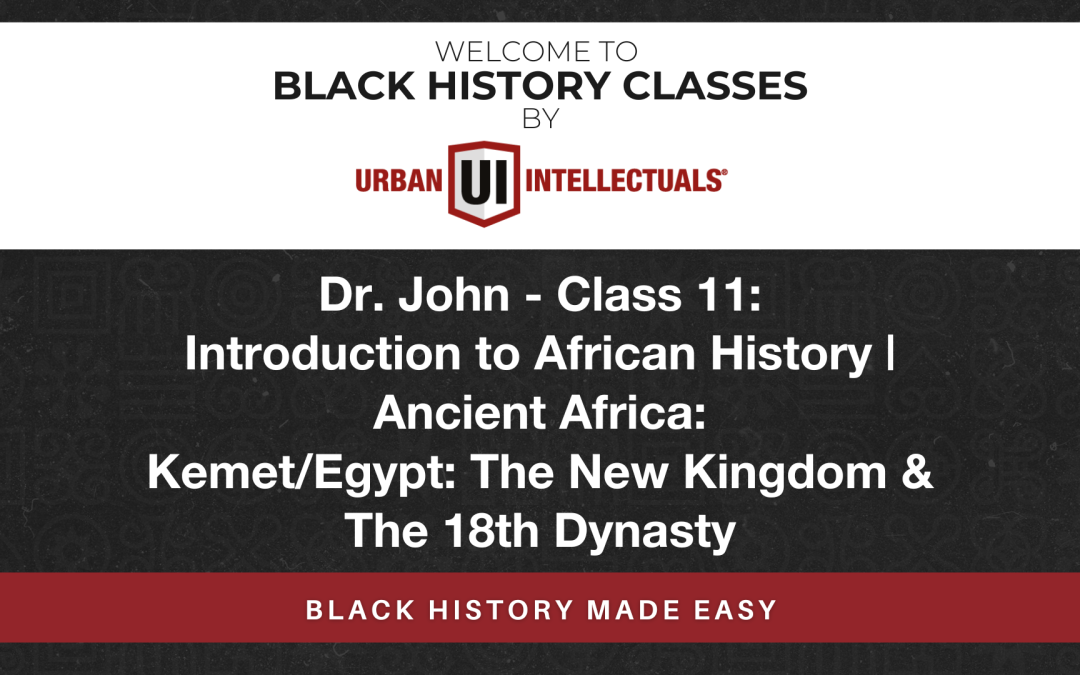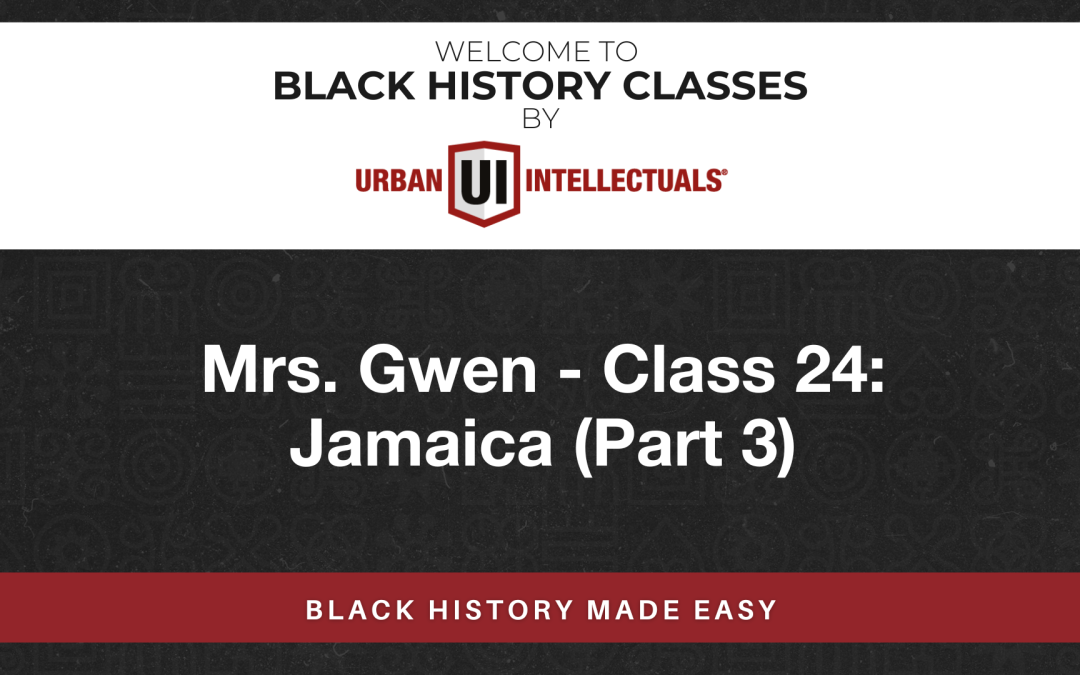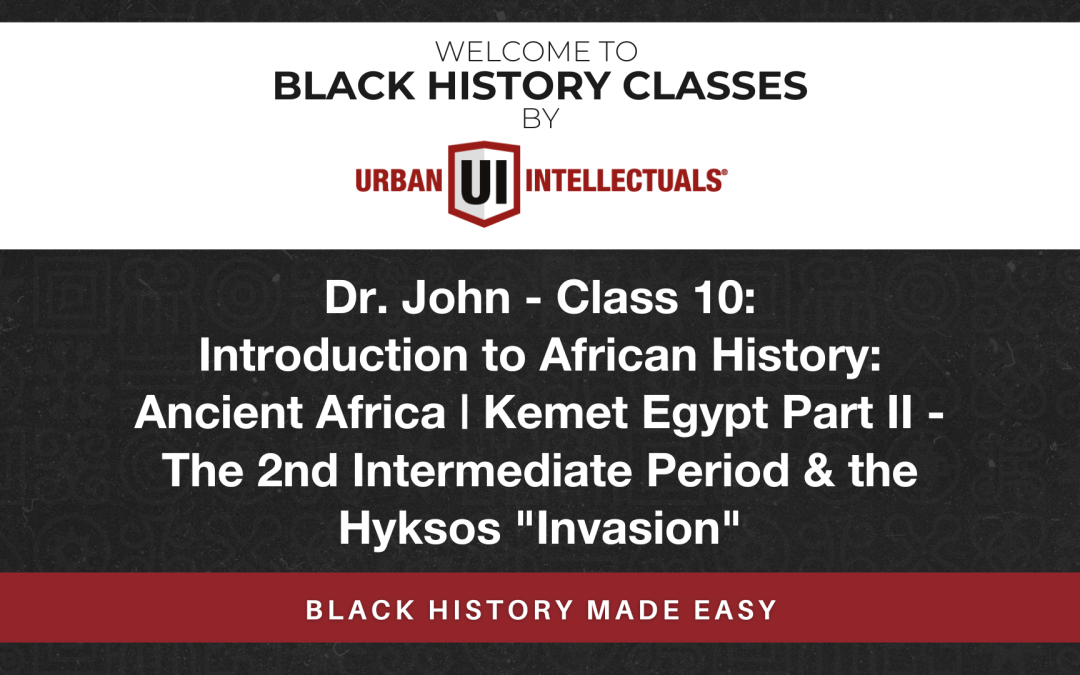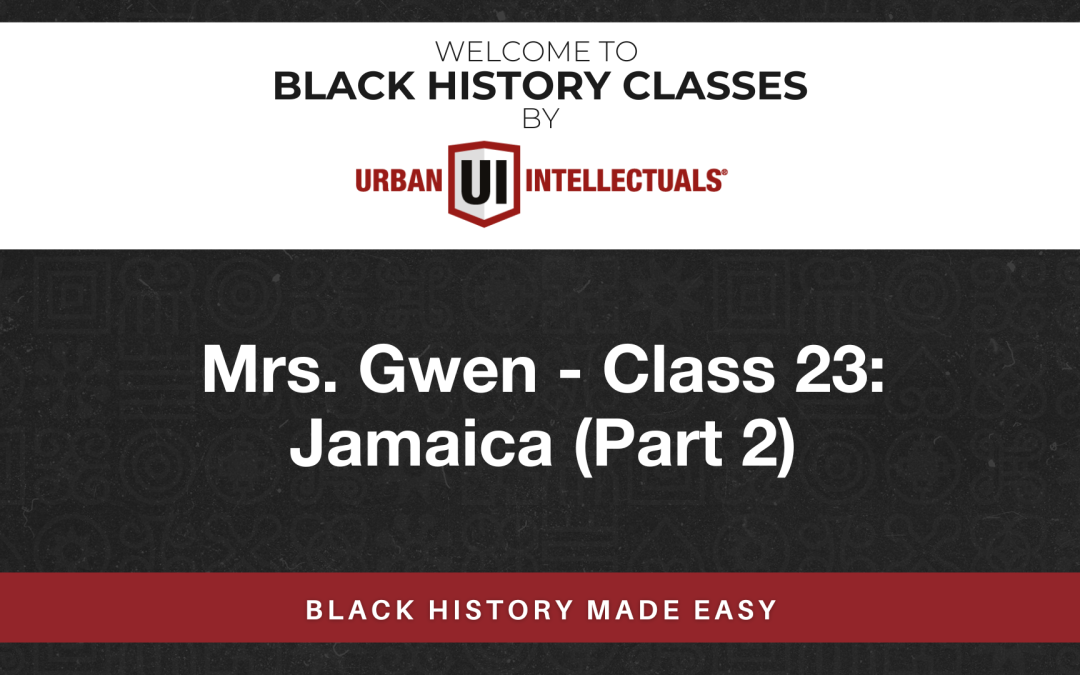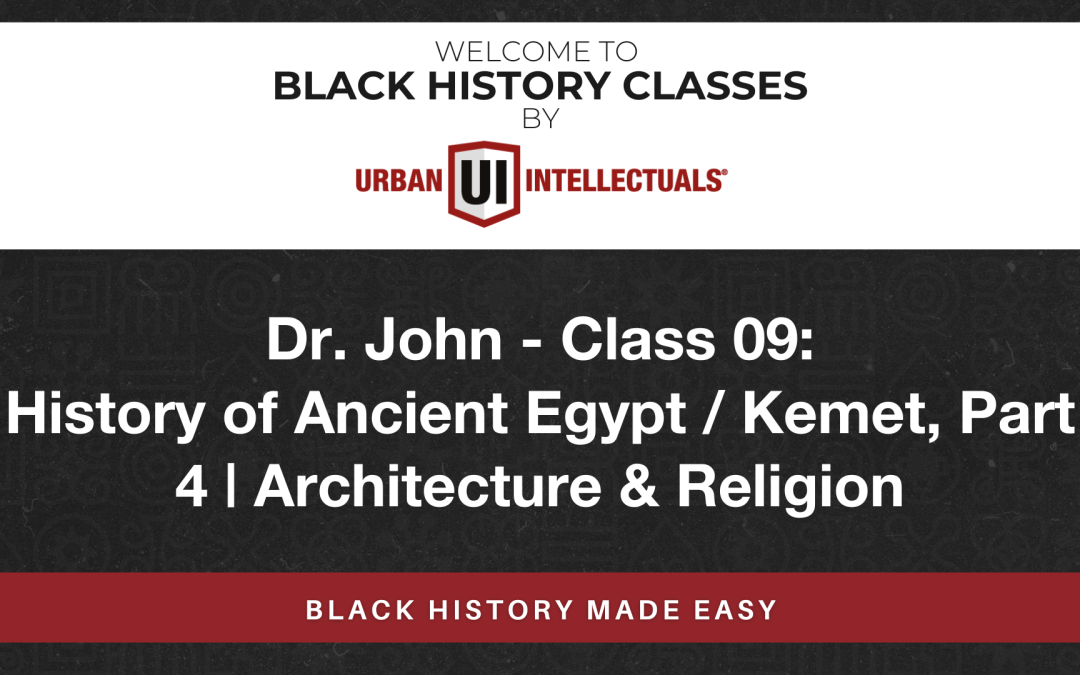Since the story of Huareo was not a fully historical person, please review all of the previous study guides to prepare for the quiz on Jamaica.
Original Black Project 2025
**Black Project 2025** is a viral initiative started by a TikTok creator named **Aniya Holloway** The project aims to combat the conservative agenda outlined in **Project 2025**, which was developed by the Heritage Foundation. The conservative plan includes proposals to eliminate the Department of Education, dismantle Medicaid, and roll back various civil rights protections.
In response, Black Project 2025 encourages Black professionals to pool their talents and resources to create Black-owned businesses, such as banks, grocery stores, and other essential services, to support the Black community. The movement has gained significant traction on social media and aims to foster economic independence and resilience within the Black community.
The **Black Revolutionary Collective (BRC)** is an organization dedicated to empowering Black communities and promoting social justice. They focus on various initiatives, including education, economic development, and community support. The BRC also maintains a list of Black-owned businesses, such as restaurants and grocery stores, to encourage support for Black entrepreneurs.
The leader of the **Black Revolutionary Collective (BRC)** is **MelodyAngel. She is the President and Founder of the organization, which focuses on empowering Black communities and promoting social justice through various initiatives and programs.
The **Black Revolutionary Collective (BRC)** offers several programs aimed at empowering Black communities and promoting social justice
Here are some of their key initiatives:
- **10-Point Platform**: This platform outlines the BRC’s objectives and demands, including equality in various government departments, an end to police brutality, and economic empowerment through Black-owned businesses
- **Economic Empowerment**: The BRC supports Black-owned businesses, such as grocery stores, gas stations, and restaurants, to build generational wealth and provide essential services in Black communities
- **Education**: The BRC advocates for fully funded schools in majority-Black areas and demands that schools teach the full factual account of Black history and African history.
- **Police Reform**: The BRC calls for an end to police brutality and qualified immunity, and demands police reform, including background checks and regular psyche evaluations for officers.
- **Mental Health Support**: The BRC proposes reallocating police budgets to create mental health units to handle mental health crises in Black communities.
- **Community Programs**: The BRC builds free programs associated with financial literacy and economic power, aiming to educate and uplift the community.
These programs are designed to address systemic issues and promote unity and resilience within Black communities.
To get involved with the **Black Revolutionary Collective (BRC)**, you can follow these steps:
- **Visit Their Website**: Go to the [Black Revolutionary Collective website](https://www.blackrevolutionarycollective.com/) to learn more about their mission, programs, and how to become a member.
- **Sign Up**: You can sign up to become a BRC member by providing your email and other details on their website.
- **Participate in Events**: The BRC organizes various events, including voter registration drives, educational workshops, and community programs Keep an eye on their website and social media for upcoming events.
- **Donate**: If you’re able, consider making a donation to support their initiatives You can find donation options on their website or through platforms like GoFundMe
- **Volunteer**: Reach out to the BRC to see how you can volunteer your time and skills to support their programs and initiatives.
